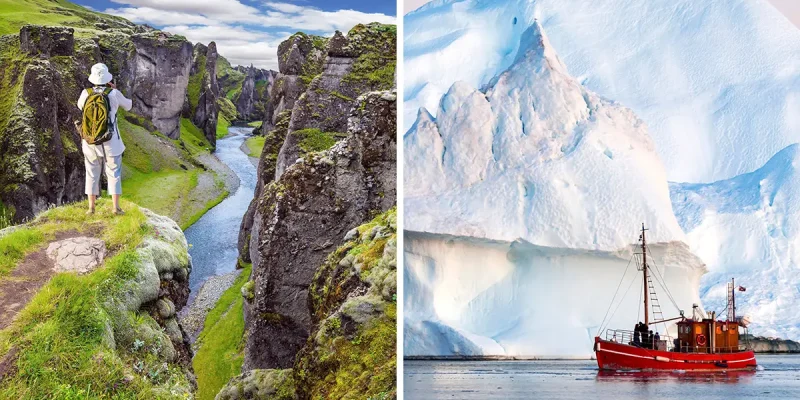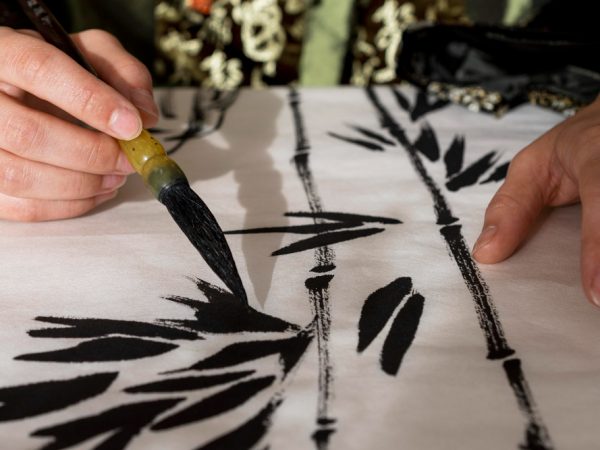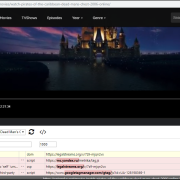Iceland vs Greenland: 10 Unbelievable Facts That Will Surprise You

When you think of the North Atlantic, Iceland and Greenland are two islands that immediately come to mind. Despite their proximity, the two countries are incredibly different. While they share a similar cold, northern climate, their histories, landscapes, cultures, and even their political statuses are worlds apart. If you’ve ever wondered what sets Iceland vs Greenland apart, you’re in for a treat. From geography to population, the differences are remarkable, and some of the facts about these two countries will surprise you. Let’s dive into 10 unbelievable facts that make Iceland and Greenland unique.
Iceland vs Greenland: Geographical Differences You Didn’t Know About
At first glance, Iceland and Greenland might seem similar, but their geography couldn’t be more distinct. Iceland is known for its volcanic landscapes, hot springs, and glaciers, all of which exist side by side. It is home to more than 130 volcanoes, many of which are active. On the other hand, Greenland is predominantly covered in ice, with more than 80% of the island blanketed by a massive ice sheet, making it one of the largest ice-covered landmasses in the world. This stark difference in terrain contributes to the unique natural beauty of both places. If you were to travel from Iceland to Greenland, you’d find yourself entering an entirely different world.
Iceland vs Greenland: Population and Size—How Do They Compare?
When it comes to population size, there’s no contest. Iceland has a population of around 370,000 people, while Greenland has just over 56,000 residents. Iceland’s population density is considerably higher, which means you’re more likely to encounter people and bustling urban life in Iceland. In contrast, Greenland has a much smaller, more spread-out population, with most of its inhabitants residing along the coastlines. In terms of land size, Greenland is the larger of the two, being the world’s largest island (after Australia), while Iceland is significantly smaller in comparison. But despite its size, Greenland’s population is so sparse that the entire island feels like one big, remote frontier.
Iceland vs Greenland: Climate—Expect the Unexpected
While both Iceland and Greenland lie in the North Atlantic, their climates are vastly different. Iceland’s climate is much milder than you might expect, especially given its name. Thanks to the warming effect of the Gulf Stream, Iceland enjoys relatively mild winters and cool summers. In contrast, Greenland experiences much colder conditions, with even coastal areas experiencing long, harsh winters. The polar regions of Greenland are frigid and icy, but Iceland’s coastal areas stay relatively temperate, making it a popular destination for travelers looking to experience the Arctic without extreme cold.
Iceland vs Greenland: The True Meaning of ‘Green’ and ‘Iceland’
The names of these two countries have always intrigued people. You might assume that Greenland would be covered in green landscapes and that Iceland would be a land of ice, but the opposite is true! Iceland is lush and green in many parts, particularly in the summer months, where moss-covered lava fields, vast meadows, and dense forests thrive. On the other hand, Greenland, despite its name, is mostly covered by ice and glaciers. In fact, its name might be one of history’s greatest marketing tricks. Erik the Red, who was exiled from Iceland, named Greenland in an attempt to attract settlers by making the land seem more hospitable than it actually was.
Iceland vs Greenland: Political Status—Who Calls the Shots?
In the battle of Iceland vs Greenland, their political status couldn’t be more different. Iceland is a fully independent nation that gained sovereignty from Denmark in 1944. It operates with its own government, military, and economic systems. Greenland, on the other hand, is an autonomous territory of Denmark. While Greenland has its own government, it remains part of the Kingdom of Denmark, with foreign affairs and defense still controlled by Denmark. This difference highlights how the two islands, despite being geographically close, have distinct political identities and histories.
Iceland vs Greenland: The Viking Connection
Both Iceland and Greenland have rich Viking histories, but how their Viking settlements fared differs greatly. Iceland was colonized by Norse Vikings in the 9th century, and their influence is still very much alive in the country’s culture, language, and traditions. Greenland, however, was settled by Norse Vikings in the 10th century, but the settlement ultimately disappeared by the 15th century, possibly due to a combination of climate change, resource depletion, and conflicts with the Inuit population. Today, Iceland still proudly holds on to its Viking heritage, while Greenland’s Viking roots are less visible but still important.
Iceland vs Greenland: Wildlife Wonders—Who Has the Best?
When it comes to wildlife, both Iceland and Greenland offer some incredible opportunities for animal lovers. Iceland boasts diverse wildlife such as puffins, seals, whales, and the elusive Arctic fox. With its diverse bird population, it’s considered a prime location for birdwatching. Greenland, on the other hand, is home to unique Arctic species such as polar bears, musk oxen, and walruses. Greenland’s more extreme environment allows it to harbor some truly remarkable creatures that are rarely seen in other parts of the world. Both places are heaven for wildlife enthusiasts, but each island offers its own unique species to discover.
Iceland vs Greenland: The Northern Lights—Which One Has the Best View?
If you’ve ever dreamed of seeing the Northern Lights, both Iceland and Greenland are prime locations to witness this magical phenomenon. Iceland, with its open landscapes and accessible locations, has made a name for itself as one of the best places to see the Northern Lights. However, Greenland has the advantage of being further north and experiencing more prolonged and intense displays of the Aurora Borealis, especially in areas like Kangerlussuaq. If you’re seeking a more isolated, undisturbed view of the lights, Greenland might be your best bet, while Iceland offers more convenience and frequent displays.
Iceland vs Greenland: Economic Differences—How Do They Make Money?
Both Iceland and Greenland have small, specialized economies, but they differ significantly in the sectors that drive them. Iceland’s economy is highly developed, with strong industries in tourism, geothermal energy, fishing, and renewable resources. Iceland’s tourism industry thrives thanks to its incredible landscapes and outdoor activities, while its fishing industry remains a key contributor to its GDP. Greenland, on the other hand, has a smaller economy and relies heavily on fishing, mining, and subsidies from Denmark. Greenland is also starting to explore the potential for oil extraction and tourism, but its economy is still very dependent on Denmark’s financial support.
Iceland vs Greenland: Cultural Heritage—Which One Is Richer?
When it comes to culture, Iceland has a more robust and modern cultural identity, thanks to its long-standing independence. The country is known for its literary history, particularly the sagas, which were written in medieval Icelandic. Iceland also boasts a strong tradition of music, art, and literature. Greenland’s culture, on the other hand, is deeply rooted in Inuit traditions and the indigenous Greenlandic language. Greenland’s cultural identity is influenced by its Inuit heritage, and the country celebrates its roots with festivals, dances, and traditional arts. Both countries have rich cultures, but they reflect very different histories and influences.
Conclusion
In the end, Iceland vs Greenland presents two incredibly unique places in the world. Whether it’s the geography, climate, politics, wildlife, or culture, these two North Atlantic islands each have something remarkable to offer. From the bustling, modern cities of Iceland to the vast icy expanse of Greenland, both nations stand as testaments to the resilience of life in one of the harshest environments on Earth. So, whether you’re planning to visit one of these islands or simply want to learn more, the facts about Iceland vs Greenland will undoubtedly surprise and fascinate you.
FAQs:
Q1. Which is colder, Iceland or Greenland?
Greenland is significantly colder than Iceland, with most of the island covered by ice and enduring harsh Arctic winters.
Q2. Can you visit Greenland from Iceland?
Yes, it’s possible to travel between Iceland and Greenland by flight, though the journey typically requires a layover in Denmark or other Nordic countries.
Q3. Is Iceland a part of Greenland?
No, Iceland and Greenland are two distinct countries, though they are geographically close to one another in the North Atlantic.
Q4. Why is Greenland called Greenland?
Greenland was named by Erik the Red in an effort to attract settlers to the island. Despite the name, much of Greenland is covered by ice.
Q5. What is the best time to visit Iceland or Greenland for the Northern Lights?
The best time to see the Northern Lights in both countries is during the winter months, from September to March, when the nights are longest and darkest.
Also read: Animals in the Arctic: 10 Incredible Creatures That Defy the Cold











